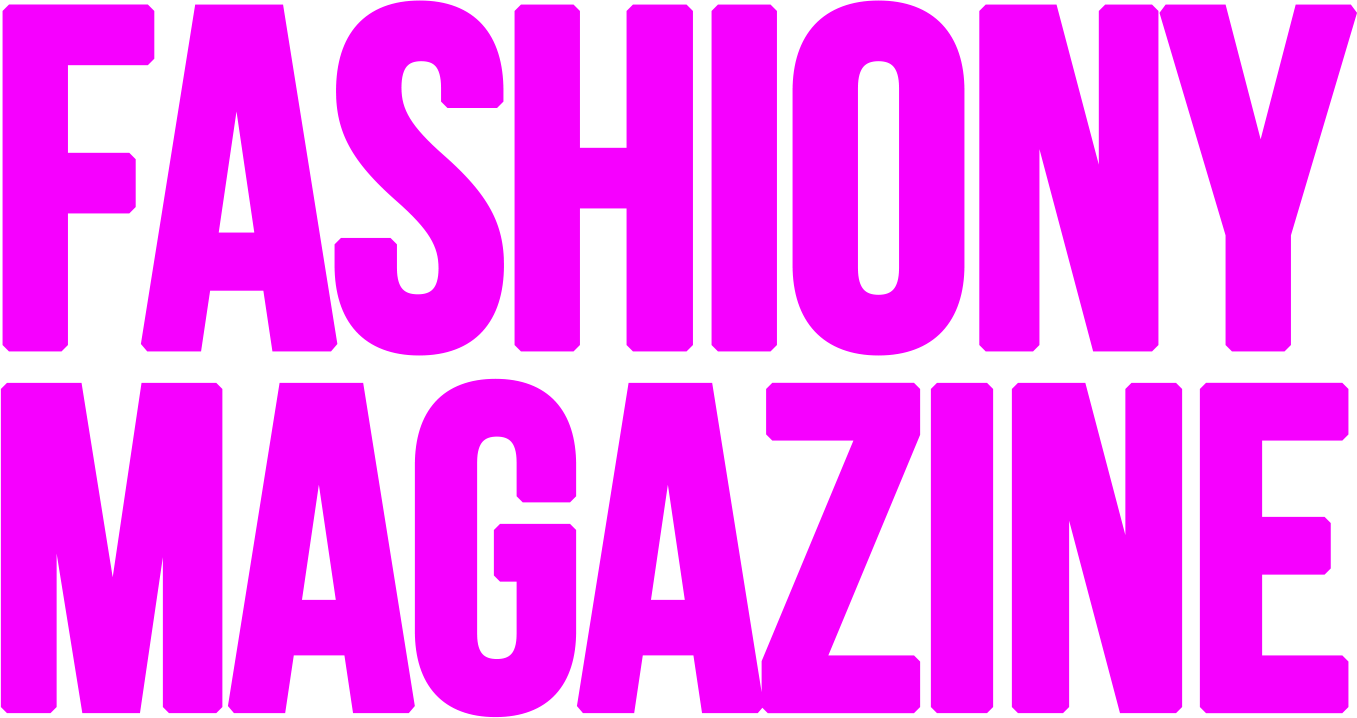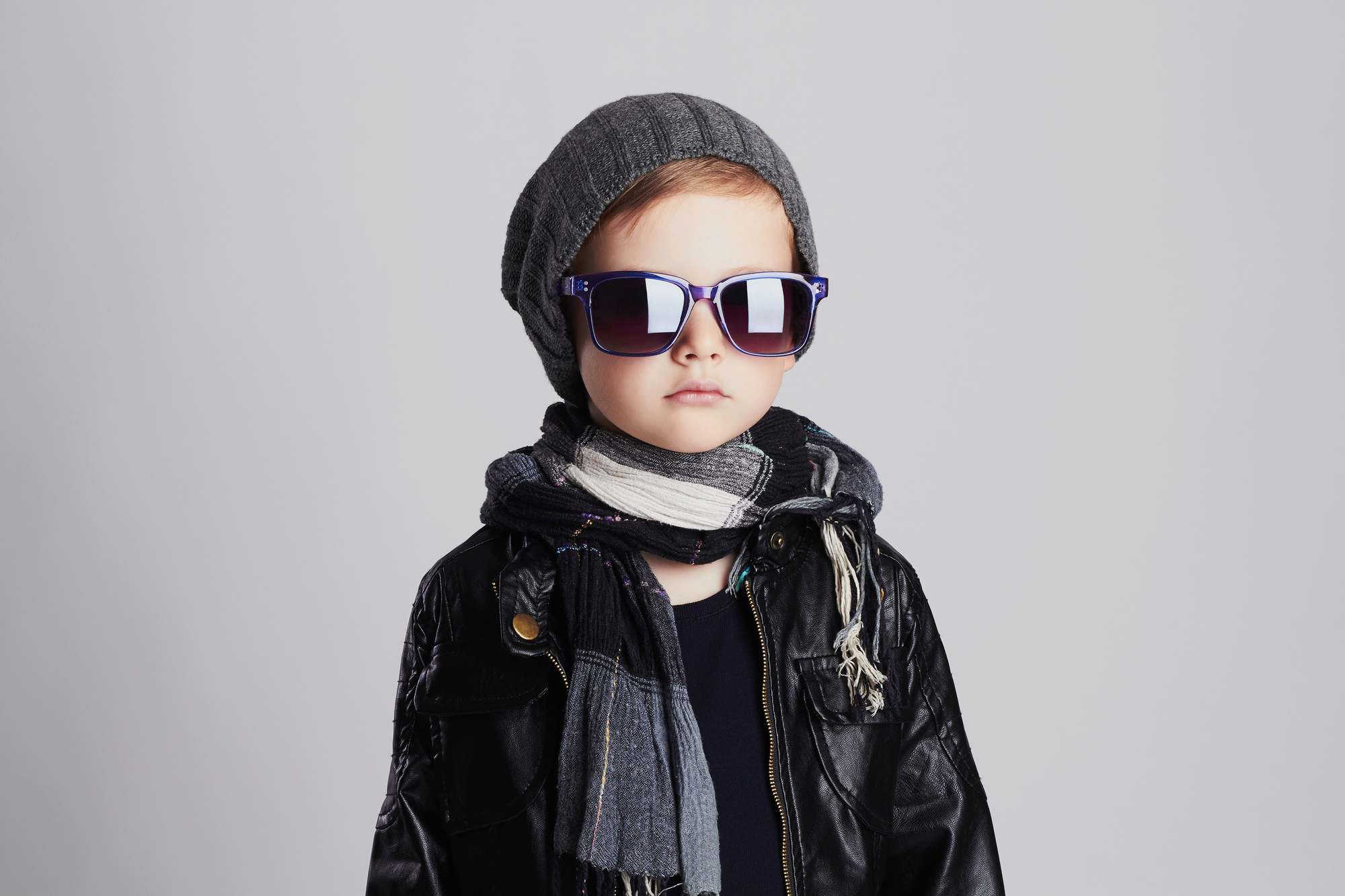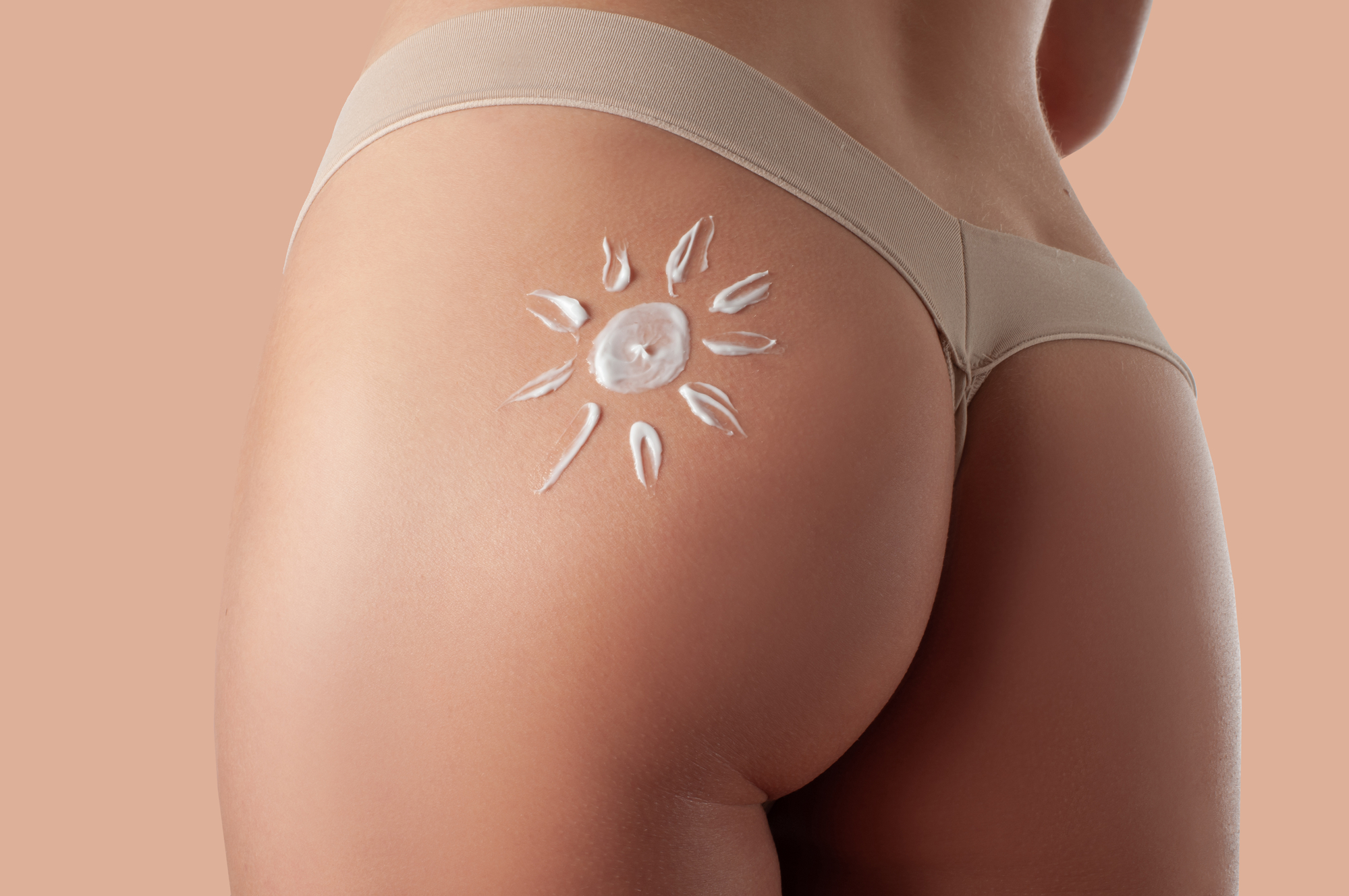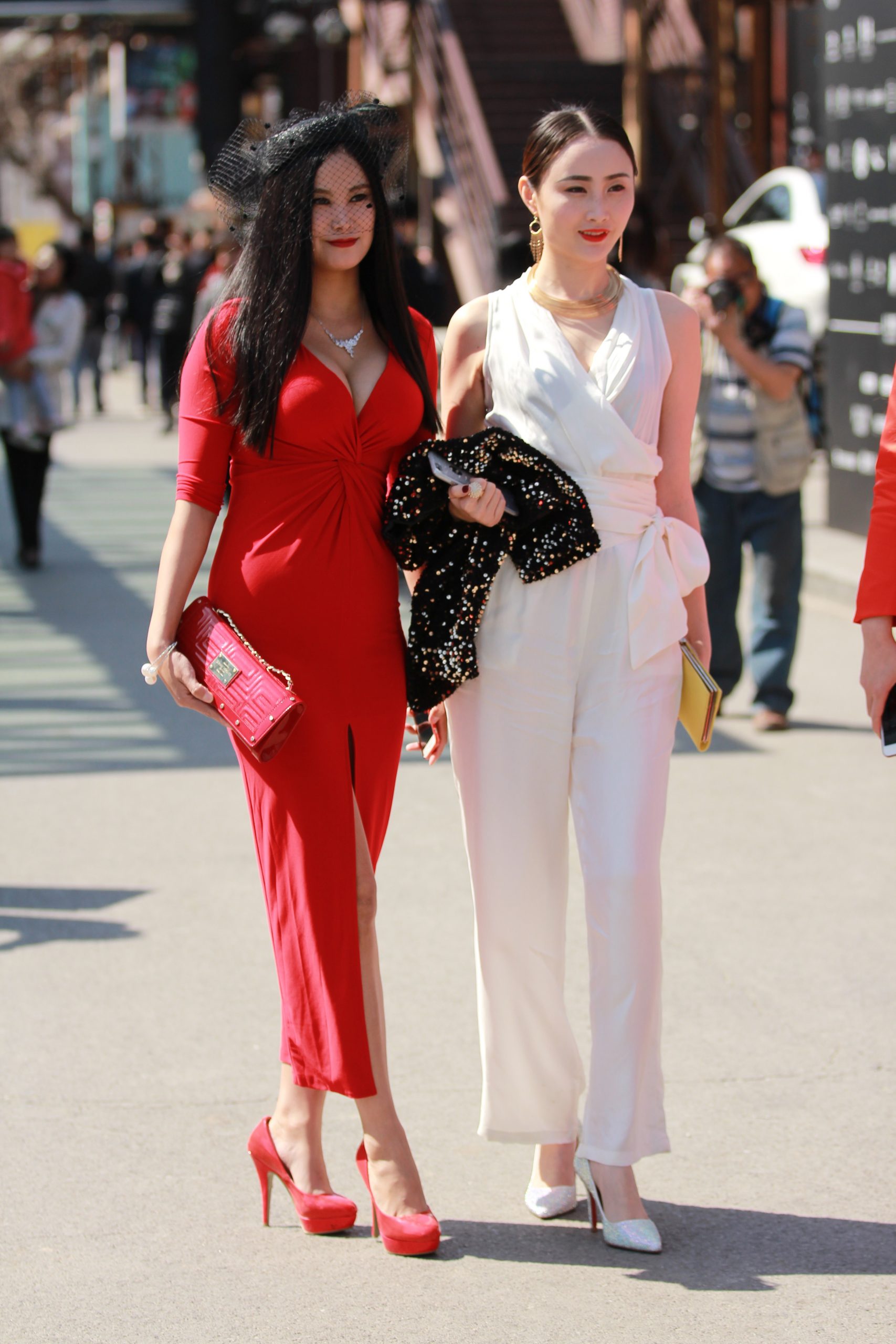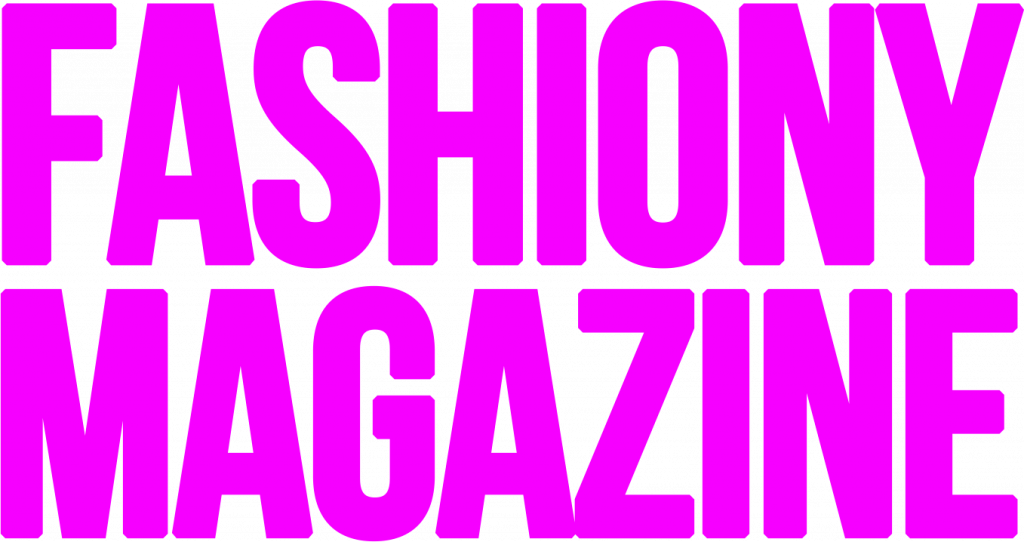The phenomenon of parents „fashionizing“ their children, which refers to dressing them in trendy, stylish, or adult-like fashion, can have various social impacts:
1. Increased Focus on Appearance: It can cultivate an early focus on appearance and aesthetics in children. This might lead to them prioritizing looks over other qualities or aspects of life as they grow older.
2. Social Status and Consumerism: This trend can reflect and reinforce social status and consumerism. Children might learn to associate self-worth with brand names and fashion trends, potentially fostering materialistic values.
3. Peer Pressure and Inequality: It can contribute to peer pressure among children in schools and social settings. Those unable to afford or access similar fashion may feel excluded or inferior, exacerbating feelings of inequality.
4. Early Maturation: Dressing children in adult-like fashion can contribute to the premature maturation of their self-image and behavior, potentially leading to challenges in age-appropriate development and identity formation.
5. Online Presence and Privacy: Parents sharing their fashionably dressed children on social media might inadvertently compromise the child’s privacy and expose them to the public eye, which raises concerns about consent and the digital footprint.
6. Gender Stereotyping: Fashion choices can sometimes reinforce traditional gender stereotypes, limiting children’s exploration of their identity and interests that fall outside these norms.
7. Parental Influence and Autonomy: This trend might also reflect more about the parents‘ preferences and desires, possibly overshadowing the child’s autonomy in choosing their own clothes and developing their personal style.
8. Creativity and Expression: On a positive note, fashion can be a form of expression and creativity. When balanced, it can help children develop a sense of style and self-expression.
9. Economic Impact: There’s also an economic aspect, as this trend can drive market demand in the children’s fashion industry, influencing trends and prices.
10. Environmental Impact: Finally, the fast-fashion aspect tied to constantly changing trends can have environmental consequences, contributing to waste and unsustainable practices.
It’s important for parents to find a balance, ensuring that fashion choices for children are age-appropriate, comfortable, and in line with fostering a healthy development of self-esteem and identity.
